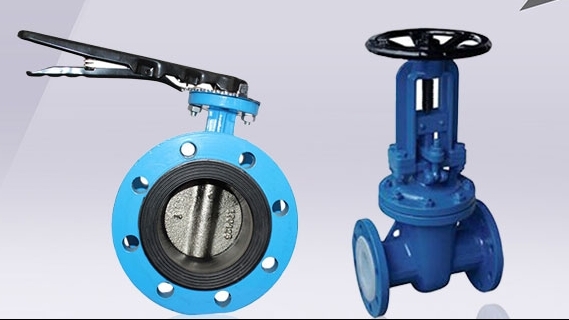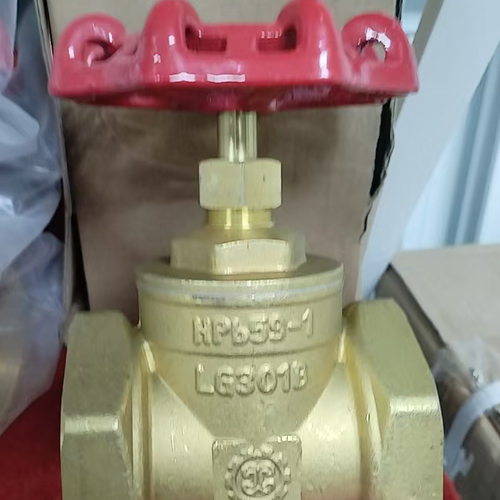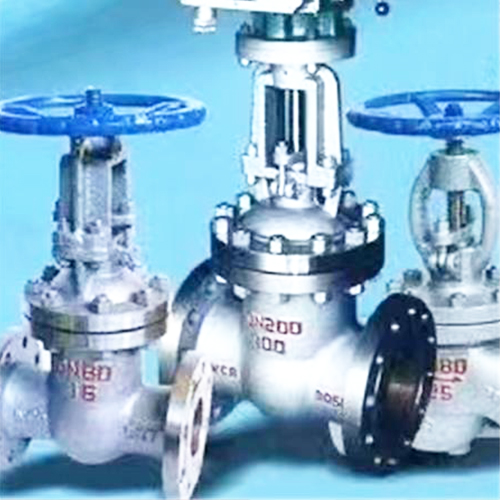鍛造閥門和鑄造閥門的主要區(qū)別在哪里?
What are the main differences between forged valves and cast valves?
鍛造和鑄造是兩個不同的加工工藝。
Forging and casting are two different processing technologies.
鑄造:熔融的液態(tài)金屬填滿型腔冷卻。制件中間易產(chǎn)生氣孔。
Casting: molten liquid metal fills the mold cavity for cooling. Porosity is easy to occur in the middle of the workpiece.
鍛造:主要是在高溫下用擠壓的方法成型。可以細化制件中的晶粒。
Forging: It is mainly formed by extrusion under high temperature. The grains in the parts can be refined.
鍛造:用錘擊等方法,使在可塑狀態(tài)下的金屬材料成為具有一定形狀和尺寸的工件,并改變它的物理性質(zhì)。
Forging: use hammering and other methods to make the metal material in the plastic state into a workpiece with a certain shape and size, and change its physical properties.

鑄造:把金屬加熱熔化后倒入砂型或模子里,冷卻后凝固成為器物。性能的區(qū)別鍛造時,金屬經(jīng)過塑性變形,有細化晶粒的做用,切纖維連續(xù),因此常用于重要零件的毛丕制造,例如軸、齒論等。
Casting: The metal is heated and melted, then poured into a sand mold or mold, and then solidified into a utensil after cooling. Differences in properties During forging, the metal undergoes plastic deformation, has the function of refining grains, and the fiber cutting is continuous. Therefore, it is often used in the manufacturing of important parts, such as shafts, tooth theory, etc.
鑄造對被加工才料有要求,一般鑄鐵、鋁等的鑄造性能較好。鑄造不具備鍛造的諸多優(yōu)點,但它能制造形狀復(fù)雜的零,因此常用于力學(xué)性能要求不高的支稱件的毛丕制造。例如機床外殼等。
Casting has requirements for the materials to be processed. Generally, cast iron, aluminum, etc. have good casting properties. Casting does not have many advantages of forging, but it can produce parts with complex shapes. Therefore, it is commonly used in the manufacturing of supporting parts with low mechanical property requirements. For example, machine tool housing.
 企業(yè)公告:
企業(yè)公告:
























